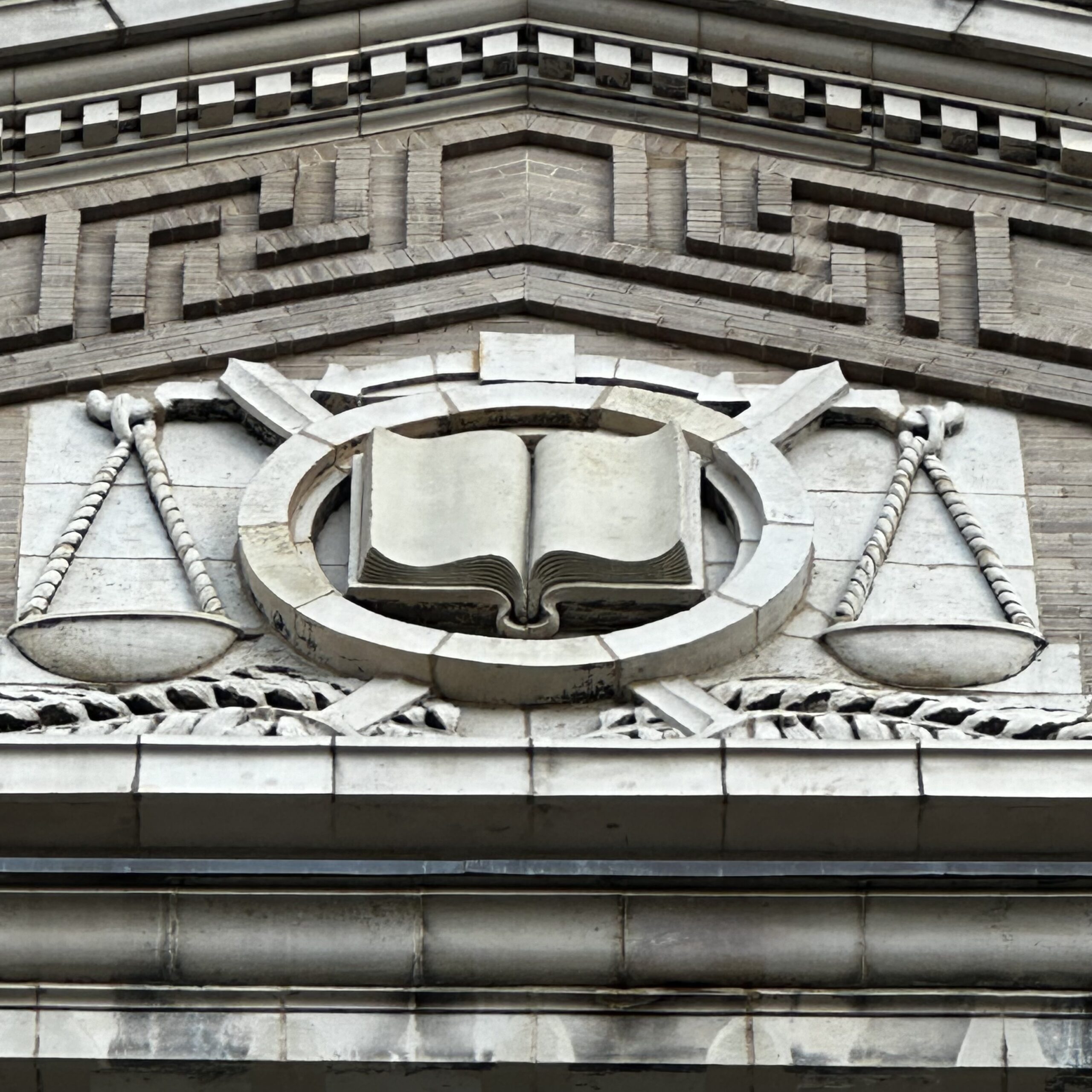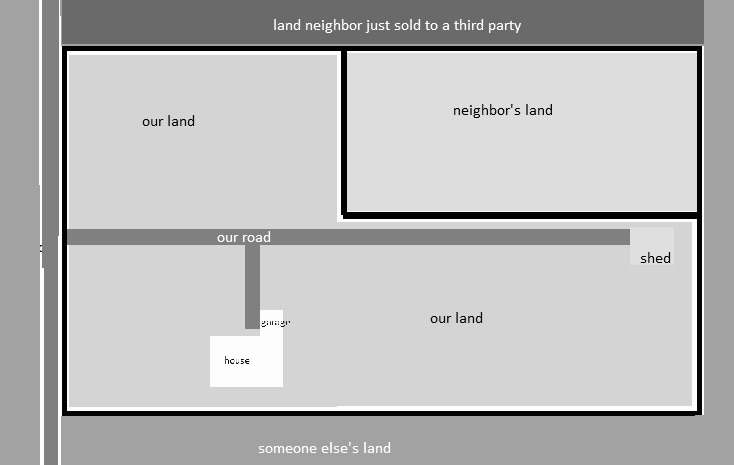PERMANENT OR TEMPORARY INJURY – WHY IT MATTERS
Injury resulting from damage to land is characterized as Permanent or Temporary. This is true whether the injured party asserts a claim for nuisance, trespass or water diversion/flooding under Section 11.086 of the Texas Water Code.
All such claims are analyzed under the law of nuisance (even if the word “nuisance” is not used in the Plaintiff’s Petition). See Tennessee Gas Transmission Co. v. Fromme, 153 Tex. 352, 269 S.W.2d 336 (1954) (the Supreme Court of Texas nevertheless applied nuisance law in that case to determine when the cause of action accrued for the flooding of the plaintiff’s land); see also Schneider Nat’l Carriers, Inc. v. Bates, 147 S.W.3d 264, 279 n.70 (Tex. 2004) (citing Fromme with the parenthetical, “holding nuisance claim accrued when flooding began, and was barred by limitations even though greater part of damage occurred within two years of suit”)
Whether an injury to real estate is categorized as temporary or permanent is tremendously significant because the characterization dictates both the limitations for bringing such a claim and the measure of available damages.
HOW COURTS CATEGORIZE INJURY TO LAND
Properly achieving the characterization of an injury as permanent or temporary can be convoluted and controversial.
The key case in analyzing whether a nuisance is temporary or permanent is Schneider Nat’l Carriers, Inc. v. Bates, 147 S.W.3d 264, 270 (Tex. 2004).
A. PERMANENT
A permanent nuisance involves an activity of such a character and existing under such circumstances that it will be presumed to continue indefinitely. See id. at 272.
As the Texas Supreme Court stated in Schneider,
Generally, if a nuisance occurs at least a few times a year and appears likely to continue, property values will begin to reflect that impact, and jurors should be able to evaluate it with reasonable certainty. Even if a nuisance causes annoyance only during certain weather conditions or certain months, annual experience should provide a sufficient basis for evaluating the nuisance. Absent evidence that current experiences are unrepresentative or about to change, such nuisances should be considered “permanent” as a matter of law..
[W]e hold that a nuisance should be deemed temporary only if it is so irregular or intermittent over the period leading up to the filing and trial that future injury cannot be estimated with reasonable certainty. Conversely, a nuisance should be deemed permanent if it is sufficiently constant or regular (no matter how long between occurrences) that future impact can be reasonably evaluated.
Schneider, 147 S.W.3d at 280-81; see also Mitchell v. Timmerman, No. 03-08-00320-CV, 2008 Tex. App. LEXIS 9710, 2008 WL 5423268, at *6 (Tex. App.–Austin Dec. 31, 2008, no pet.) (mem. op.) (holding that flooding from every significant rain is permanent nuisance); Pope v. John Kiella Homes, No. 07-06-0146-CV, 2008 Tex. App. LEXIS 3128, 2008 WL 1903332, at *3-4 (Tex. App.–Amarillo Apr. 30, 2008, no pet.) (mem. op.) (finding that flooding following heavy rains is a permanent nuisance); Schneider, 147 S.W.3d at 283 (stating that a permanent source is presumed to result in a permanent nuisance but that this presumption can be rebutted by evidence that the nuisance activity causes injury only under circumstances so rare that, even when the activity occurs, it remains uncertain whether or to what degree the activity may ever occur again).
B. TEMPORARY
A temporary nuisance is of a limited duration, with it being uncertain whether any future injury will occur. See id.
LIMITATIONS
Determining when a cause of action accrues for a nuisance injury frequently depends on whether the nuisance is permanent or temporary. If the nuisance injury is permanent, then a single cause of action accrues for all damages when the injury first occurs or is first discovered. If the nuisance injury is temporary, then a new cause of action accrues upon each injury. Schneider,147 S.W.3d at 270
“A permanent nuisance claim accrues when injury first occurs or is discovered; a temporary nuisance claim accrues anew upon each injury.” See Schneider, 147 S.W.3d at 270 (emphasis in original); Graham v. Pirkey, 212 S.W.3d 507, 512 (Tex. App. — Austin, 2006) (applying Bates’s analysis of accrual of nuisance claims to claims under section 11.086 of the water code).
RECOVERABLE DAMAGES
The two claims are mutually exclusive and a landowner may not recover damages for both permanent and temporary nuisance in the same action.
A. DAMAGES FOR TEMPORARY NUISANCE
If a nuisance is temporary, the landowner may recover only lost use and enjoyment that has already accrued. This model excludes any recovery for future damages.
B. DAMAGES FOR PERMANENT INJURY
If a nuisance is permanent, the plaintiff may recover lost market value (also referred to as “diminished value” or diminution). Loss of market value or diminished value is a broad measure that is intended to incorporate all property damages, including lost rents expected in the future,(sometimes) repair costs. and personal injury damages (in inited circumstances).
Jurors make a reasonable estimate of the long-term impact of a nuisance based on competent evidence. Schneider, 147 S.W.3d at 277.
NOTE: Fluctuations in a property’s value is not dispositive and can be misleading. The Texas Supreme Court has cautioned that a decrease in value does not necessarily indicate a nuisance and an increase in value does not mean the absence of nuisance.
Repair costs may be a component of damages for permanent injury but, in order to prevent double recovery, repair are generally costs are not awarded when market value is already assessed or included (with one important exception as follows). See C.C. Carlton Industries, Ltd. v. Blanchard, 311 S.W.3d 654, 662-63 (Tex. App.–Austin 2010, pet. denied). Texas law does not generally permit double recovery for loss of market value and cost of repairs. However, a dual recovery of diminished value and cost of repairs is allowed if the issue is submitted to the jury and if the evidence shows that the property will suffer a reduction in market value once repairs have been completed. See Ludt v McCollum, 762 S.W.2d 575, 576 (Tex. 1988) (per curiam); Royce Homes v Humphrey, 244 S.W.3d 570, 575-76 (Tex. App.–Beaumont 2008, pet. denied.)
Even though most nuisance actions are based on property damage, a plaintiff may also recover personal injury damages caused by a nuisance. See Schneider National Carriers, Inc., 147 S.W.3d at 268 n.2. However, mental anguish damages are not recoverable in nuisance actions based on negligence. See City of Tyler v Likes, 962 S.W.2d 489, 503-04 (Tex. 1997). Finally, if the defendant is a governmental entity, intentional conduct by the defendant is a pre-requisite in order to recover damages. City of San Antonio v Pollock, 284 S.W.3d 809, 820-21 (Tex. 2009).
THE TAKEAWAY
Under texas law assessing the value of a claim for damage to land can be complicated. So can the process of determining when the TWO YEAR limitations period for nuisance and trespass accrued (and most importantly when it expires).
Understanding the implications of how Courts characterize Temporary Injury versus Permanent Injury to land is critical for evaluating the viability of a claim for damage to land.





